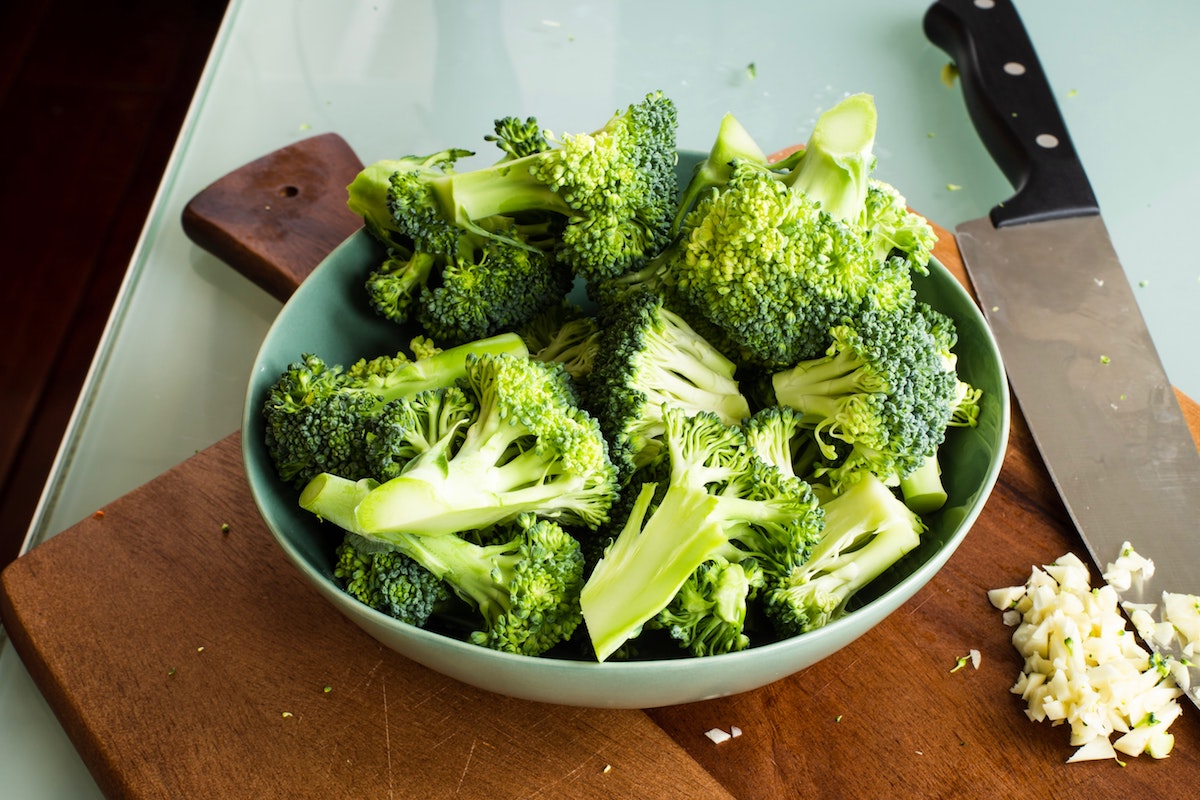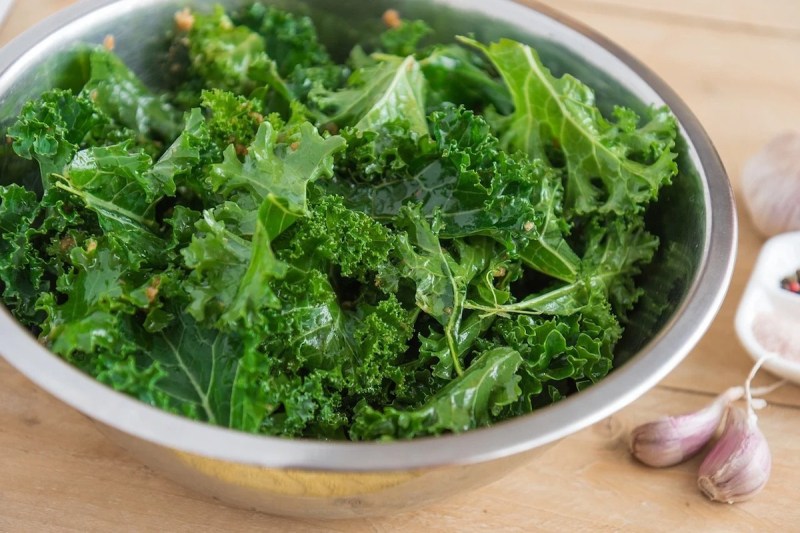
With many health issues in numerous people’s lives, people are starting to transform their diets to better support their health. Cruciferous vegetables are taking the lead due to their increasing popularity and potential benefits, such as weight loss promotion and better control of blood pressure.
That being said, what are some cruciferous vegetables to include in a healthy diet?

What are cruciferous vegetables?
Cruciferous vegetables belong to the Brassicaceae plant family, known as the cabbage family. These vegetables are believed to be not only rich in nutritive composition but also associated with a reduced risk of various cancers, depression, and heart disease. This is likely due to their richness in various protective plant compounds such as sulfur-containing chemicals, flavonoids, and carotenoids.

9 cruciferous vegetables to include in your diet
Here is a cruciferous vegetable list to consider when deciding on ingredients for your next meal.
Broccoli
This green vegetable contains several antioxidants like vitamins C and E as well as beta-carotene, all of which help protect the body’s cells from damage from free radicals to reduce the risk of developing certain chronic diseases.
Additionally, the anti-inflammatory properties of broccoli help maintain healthy blood pressure and cholesterol levels. For those hoping to lose some weight, this vegetable’s high fiber count can help promote a healthy digestive system and weight loss.
Cauliflower
This particular vegetable is very popular among those following a ketogenic diet, being considered a low-carb alternative to foods such as pizza dough and even rice. It does contain the same protective plant compounds found in all cruciferous vegetables, but it is important to note that this particular vegetable is best enjoyed raw. Boiling and steaming cauliflower have been found to have a negative impact on its nutritional value, especially its antioxidant properties.
Cabbage
Both green and red cabbage are rich in vitamins C and K, but red cabbage has a slight advantage in the nutritional department thanks to its additional anthocyanins, which are responsible for its purplish-red color. These flavonoids have been linked to better cardiovascular health by protecting the arteries from the buildup of fatty substances that can lead to heart failure.
That being said, green cabbage is still just as healthy (minus the lack of anthocyanins) and has a similar taste. Choosing between the two all comes down to preference.
Bok choy
Considering that this vegetable is sometimes referred to as “Chinese cabbage” due to its origins in China, it is evident that bok choy contains the same anticancer compounds found in green/red cabbage as listed above. This is also combined with two health benefits of broccoli that we have discussed earlier.
The high fiber count in bok choy contributes to a healthy digestive system while also promoting weight loss, while its inclusion of the flavonoid quercetin possesses anti-inflammatory properties that can reduce the risk of heart disease and diabetes.
Brussels sprouts
Along with the anticancer properties that can be found in all cruciferous vegetables, Brussels sprouts are found to be high in many important nutrients, especially in vitamins K and C. Vitamin K helps maintain proper cardiovascular and brain functions, while vitamin C helps maintain proper immune function while also protecting against oxidative damage from free radicals in the body.
Radish
There are various types of this root vegetable available, from red radish to Daikon. Regardless of which type you include in your diet, all variations are good sources of vitamin C, amongst other anticancer and antioxidant nutrients that can help reduce the risk of developing certain cancers.
Furthermore, it is also low in carbs but high in potassium, meaning that radishes can keep both weight gain and blood pressure under control. Radishes are also high in water and zinc, which can help maintain a healthy complexion and overall good skin health.
Curly kale
The main difference between curly kale and “regular” green kale is its ruffled and curlier appearance, as well as its more bitter flavor. Regardless, both types of kale are just as nutritious as other cruciferous vegetables as they contain the same anticancer and antioxidant vitamins and nutrients. Curly kale also contains certain substances that can help lower cholesterol levels in the body by increasing the excretion of bile acids needed to dissolve cholesterol.
Turnip
The root of the turnip has both the antioxidant properties of all cruciferous vegetables that reduce the risk of chronic disease and the weight loss properties of certain members of this family. This high-fiber vegetable is also known to promote good intestinal health as it can both prevent the development of health problems in this area and reduce pressure in the colon.
Arugula
Like similar leafy green vegetables, arugula is very rich in iron, which can be very beneficial for those struggling with iron deficiency anemia and its symptoms. Older adults are also encouraged to add more arugula to their diets as it is linked to improvements in cognitive function as they age.
Aside from these two unique benefits, it possesses the same antioxidant nutrients and vitamins as other cruciferous vegetables listed here.

Health benefits of cruciferous vegetables
In general, cruciferous vegetables are known for their antioxidant, anticancer, and anti-inflammatory properties. These can reduce the risk of various cancers, cardiovascular problems, and both cardiometabolic and digestive diseases.
A few specific types of cancer that researchers have found can potentially be prevented with regular cruciferous vegetable intake include prostate cancer, colorectal cancer, lung cancer, and breast cancer

Who shouldn’t eat that many cruciferous vegetables?
For most people, there is no reason to exclude cruciferous vegetables from their diet. The only exceptions, however, are those who have hypothyroidism. This is because cruciferous vegetables have been discovered to possibly interfere with thyroid function, which can further exacerbate various effects of an underactive thyroid, such as fatigue and higher sensitivity to cold temperatures.

How much do you need?
According to the USDA, it is recommended to eat between 1.5 to 2.5 cups of cruciferous vegetables per week or three servings per day. Although eating more than this most likely won’t harm your long-term health, eating too many cruciferous vegetables at once can lead to gassiness or bloating in some people.
Editors' Recommendations
- The best fried chicken recipe you will ever make
- You’ve probably never grilled these foods … but you should
- Women distillers you should know who make spirits all over the world
- Healthy grilling ideas: These foods will have you feeling great all summer long
- The 8 best hot dog topping alternatives you need to try



